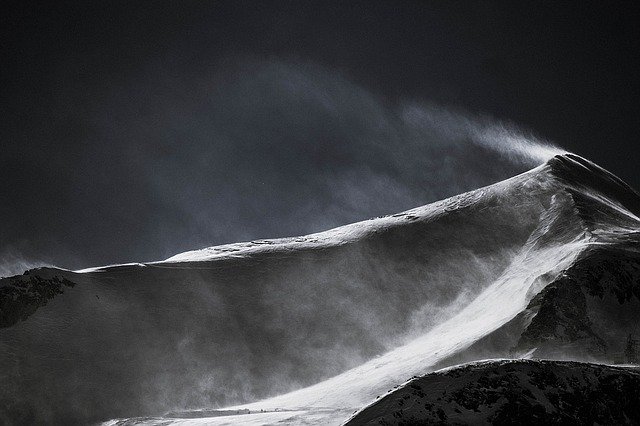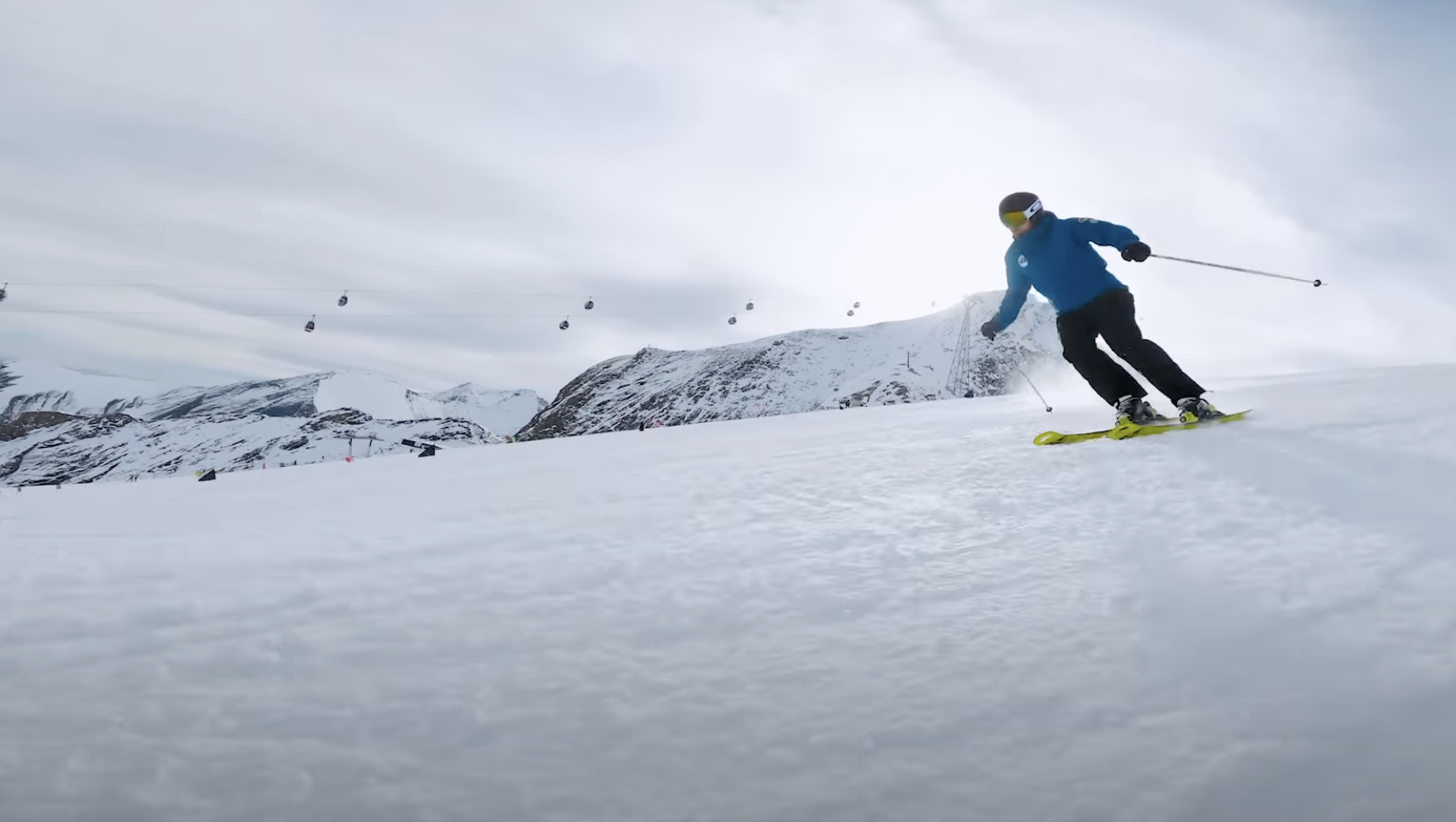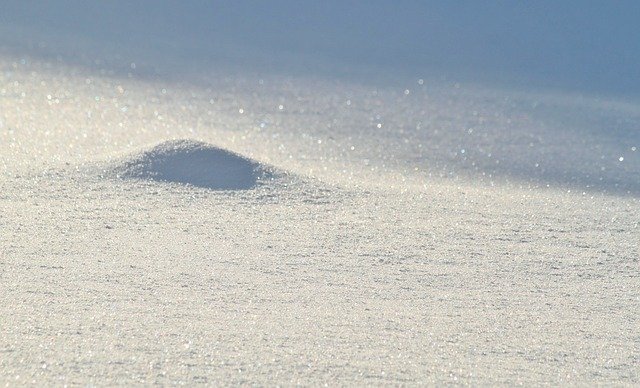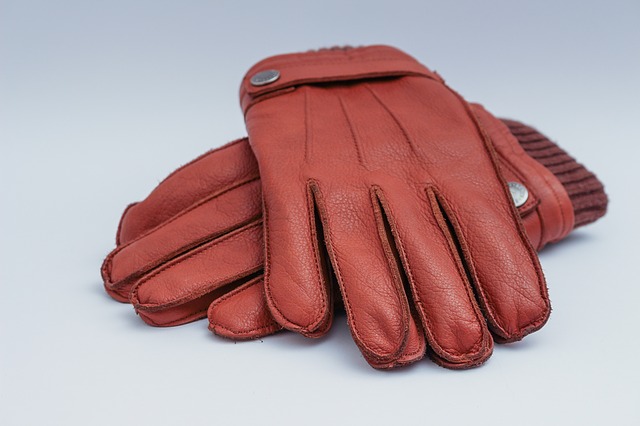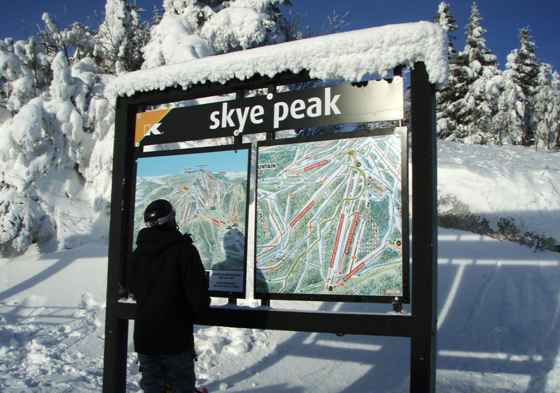Andrew Temple, of the Center for Snow and Avalanche Studies, in Silverton, Colorado, looks out over the dusty snow of of the San Juan Mountains. Courtesy: Center for Snow and Avalanche Studies
Dust deposited on Colorado’s high peaks is causing snow to heat up and melt sooner, meaning paddling season starts earlier, but ski season gets truncated.
During the winter of 2008/2009, winds from the semiarid regions of the Colorado Plateau deposited dust twelve times on the mountains, according to a monitoring system established by researchers at the University of Utah’s Snow Optics Laboratory and the Center for Snow and Avalanche Studies in Silverton, Colorado.
The dark dust absorbed light that would normally be reflected back into space, heating the mountain snow and causing it melt 20 days earlier than normal. That led record flows in mountain streams and rivers.
In recent years, researchers have measured increasing amounts of dust settling on the mountains, most likely due to human activities such as animal grazing, development, off-road vehicles and military training.
Combine increases in airborne dust with warming air temperatures associated with global warming and spring may soon arrive much earlier in the high country.
This page is an archive. To learn more about archive pages click here
The responses below are not provided, commissioned, reviewed, approved, or otherwise endorsed by any financial entity or advertiser. It is not the advertiser’s responsibility to ensure all posts and/or questions are answered.
